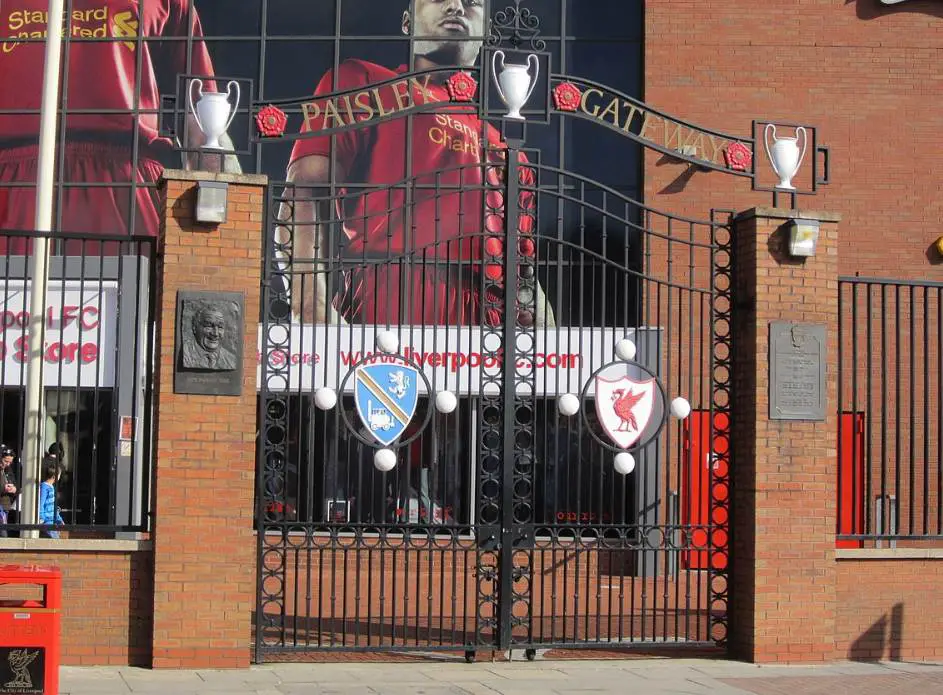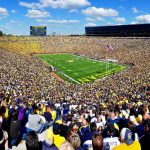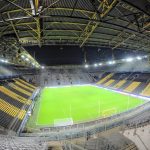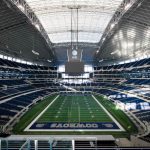It’s not the biggest stadium in England, but one of the most famous ones.
Anfield is the legendary home of Liverpool FC and breathes history. It holds some remarkable secrets you might not be aware of as well.
Let’s take a closer look at some of the most interesting facts about Anfield so you can learn all about the fascinating history of this iconic football stadium.
1. The stadium was named after the suburb it’s located in
Liverpool is a large city located in Merseyside, a county in North West England that was named after the River Mersey that flows through it.
Afield is the name of a suburb that is situated in the northern part of the country. The historic stadium was named after this suburb.
Just north of the stadium, there’s a large urban park called “Stanley Park.” The historical center of the city isn’t too far to the southwest. Anfield Road separates the stadium and this park.
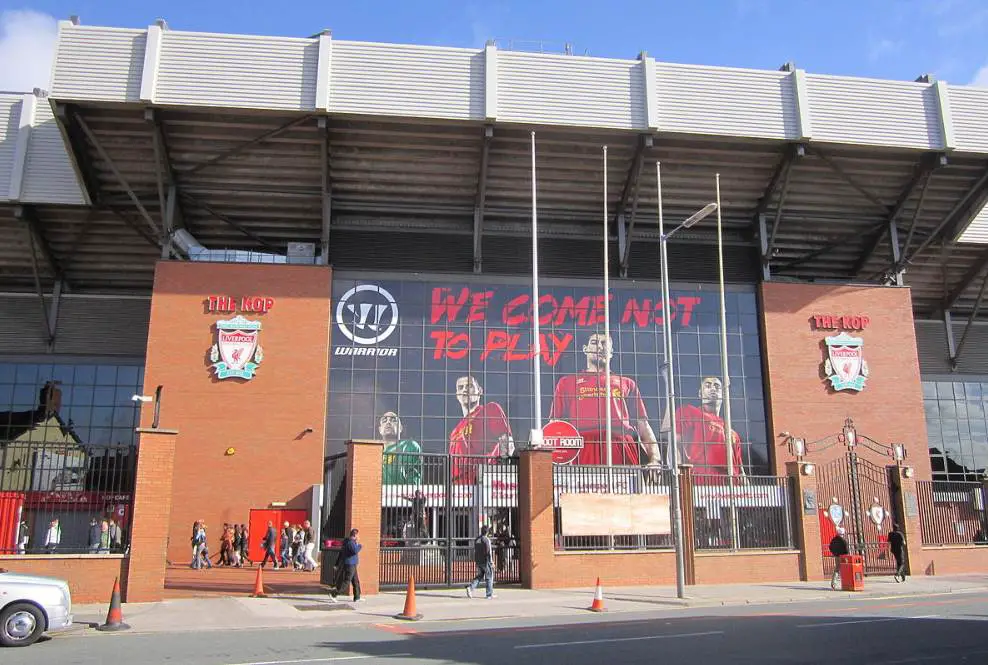
2. It was initially the home of Liverpool’s rivals in the late 19th century
One of the most remarkable facts about Anfield is that it wasn’t constructed by Liverpool FC but by the club’s archrivals Everton FC.
Everton was established in 1878 and originally played its home games at Priory Road just northeast of Anfield.
The first-ever game at the stadium was played between Everton and Earlestown (5-0 score) on September 28, 1884, shortly after the club had moved here.
To make the stadium’s history even more remarkable, Everton became the first league champions here in the 1890–91 season.
Because of a dispute between the stadium’s owner and the management of Everton, they decided to move to a new ground called “Goodison Park,” just north of Anfield.
The former home of Everton was now without a club, so “Liverpool F.C. and Athletic Grounds Ltd” was established.
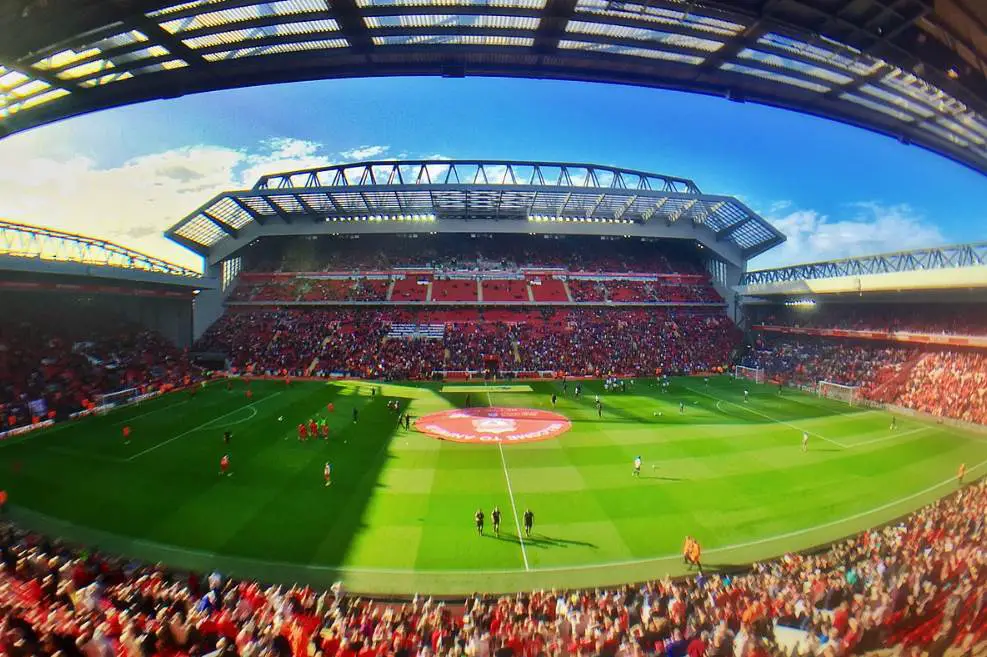
3. The first version of the famous Kop was installed in the early 20th century
The location of the modern-day Main Stand was the spot of the first major stand that was constructed at the stadium in 1895.
This was a gable that was painted in bright red and white colors and could hold 3,000 spectators. It was designed by renowned Scottish architect Archibald Leitch who was responsible for numerous famous stands all across Great Britain.
Some of the most notable of his designs that still stand today are the Johnny Haynes stand at Craven Cottage of Fulham, and Bullens Road Stand at Goodison Park of Everton F.C.
The most famous of all stands was constructed shortly after Liverpool F.C. won its second league title in 1906. It was named the Spion Kop by a local journalist and is still referred to as the “Kop” today.
This name was a reference to a hill in South Africa where over 300 people died during the Boer War in 1900. The hill looks like the stand and since many of the 300 casualties were from Liverpool, it was also a commemorative name.

The Spion Kop Stand was significantly expanded in the year 1928 and it could hold up to 30,000 standing spectators back then.
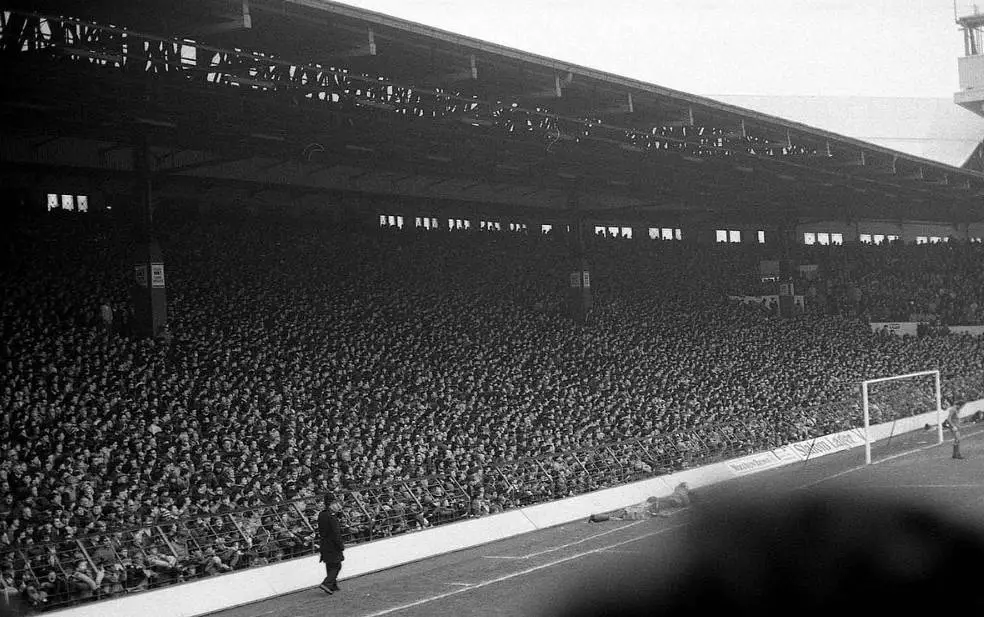
4. The new Main Stand significantly increased the stadium’s capacity in 2016
The stadium was expanded several times throughout its history. Because of several lethal incidents, the Taylor Report, also known as the “Hillsborough Stadium Disaster Inquiry report, was created.
The stadium was transformed into an all-seater in the year 1994 which drastically reduced the capacity of Anfield. The Kop Suddenly only had 12,390 seats.
The Anfield Road End was turned into a two-tier stand and the Main Stand was completely redeveloped and ready by the 2015-2016 season.
The main stand added 8,500 seats which brought the total capacity to 54,742 seats, the 8th-largest stadium in England.
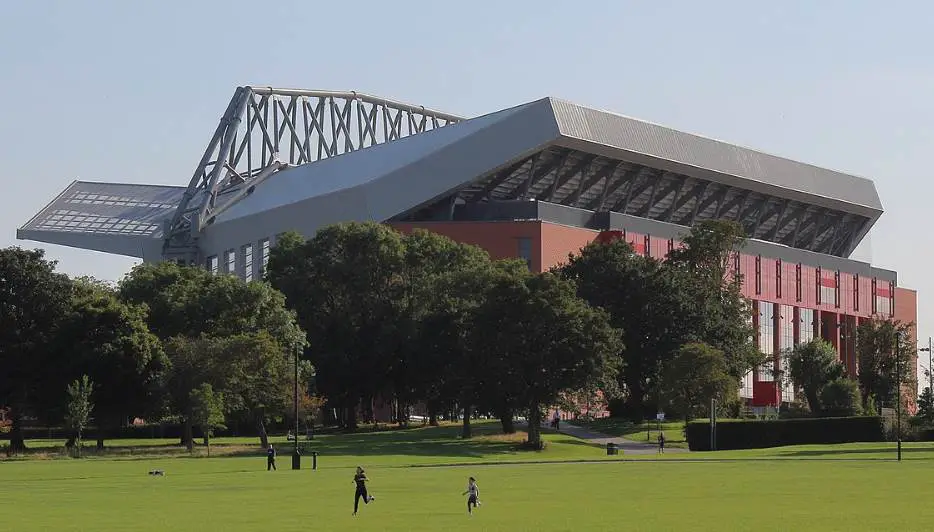
5. Another expansion will bring the capacity to 61,000 seats in 2023
Liverpool F.C. is one of the biggest clubs in England, so it deserves one of the biggest stadiums in the country.
Plans to build a completely new stadium were first suggested in 2002 but nothing came of it. After all, why would the club want to leave its legendary home, right?
The decision was made to expand Anfield in the early 2010s and redeveloping the Min Stand was the first phase of this project.
The second phase is the expansion of the Anfield Road End which is scheduled to be completed in 2023. This expansion will bring the capacity of the stadium to approximately 61,000 spectators.
Upon completion, Anfield will become the 5th-largest stadium in England after Wembley Stadium, Twickenham Stadium, Old Trafford, and the Tottenham Hotspur Stadium, and the 3rd largest clubs stadium in the country.
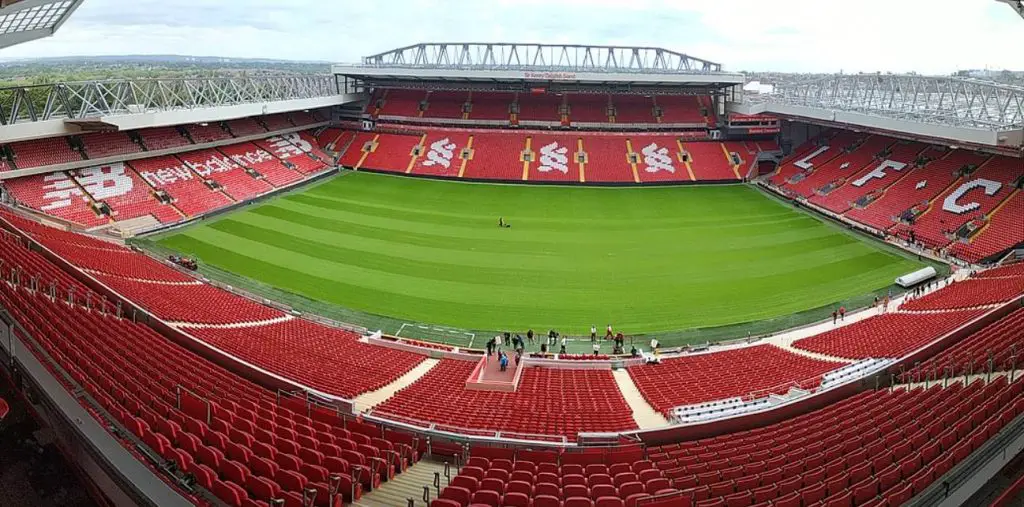
More interesting facts about Anfield
6. The first Football League Match that was ever played at Anfield by Liverpool FC was a game against Lincoln City. Just over 5,000 spectators saw the home side win 4-0 on September 9, 1893.
7. The name Anfield refers to the area in which the stadium is located. This area is derived from the Old English word that means “field on a slope.” This area has been named as such since at least 1641.
8. The Spion Kop was the largest stand in England upon completion in 1928. This was also the year that the topmast of the SS Great Eastern, one of the first iron ships in the world, was placed right next to the stand.
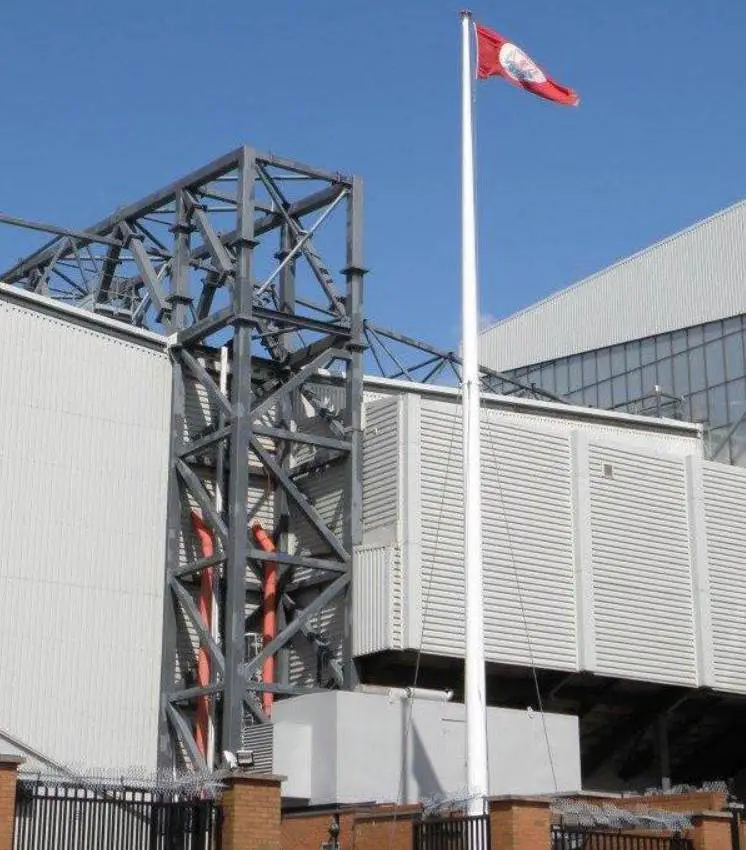
9. This pole was saved from the ship breaking yard where the SS Great Eastern was located. It still serves as a flag pole today.
10. Two of the stadium’s gates were named in honor of former club icons named Bill Shankly and Bob Paisley. Both men were also commemorated with a statue outside of the stadium.
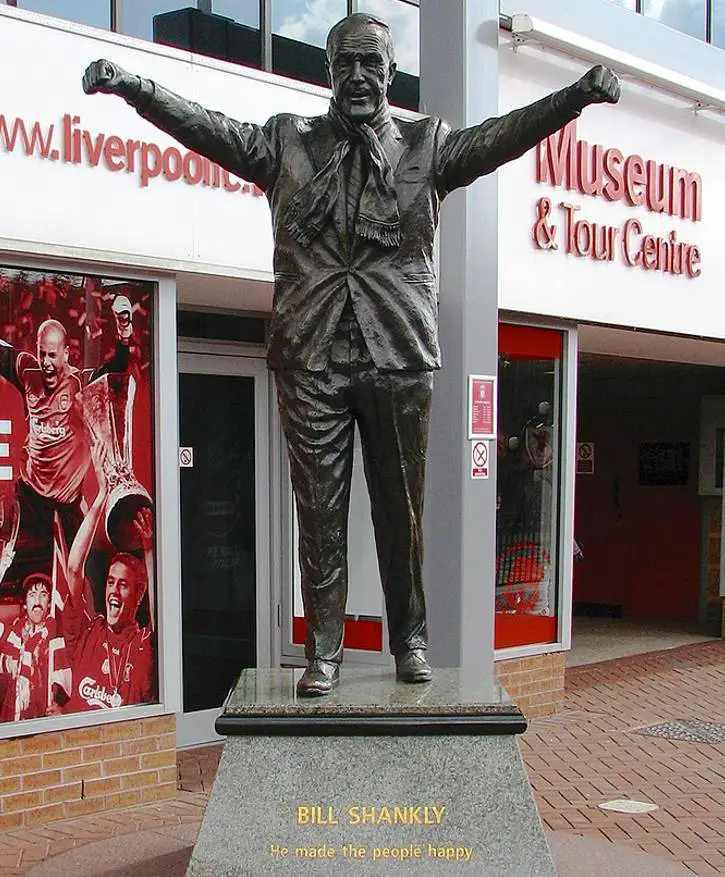
11. Shankly’s statue was unveiled near the Kop in 1997 and Paisley’s statue was unveiled in 2020 near the newly developed Main Stand.
12. Shankly’s Gate features the words “You’ll Never Walk Alone.” This is the title of a popular song by the British group Gerry and the Pacemakers.
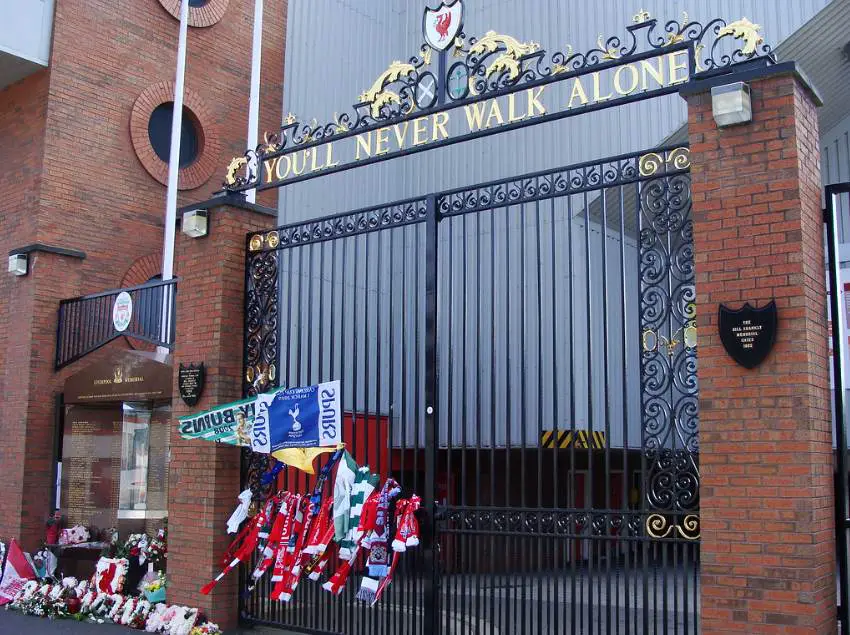
13. You’ll Never Walk Alone was adopted by the Liverpool fans as the club’s anthem when Bill Shankly (1913-1981) was the club’s manager. Right next to the gate is a memorial for victims of the Hillsborough disaster in 1989.
14. One of the most iconic features of the stadium is located in the player’s tunnel. Just before the players enter the pitch they are welcomed with the words “This Is Anfield.”
This is yet another feature related to Bill Shankly because he had this installed to instill fear into Liverpool F.C.’s opponents just before they entered the noisy arena.
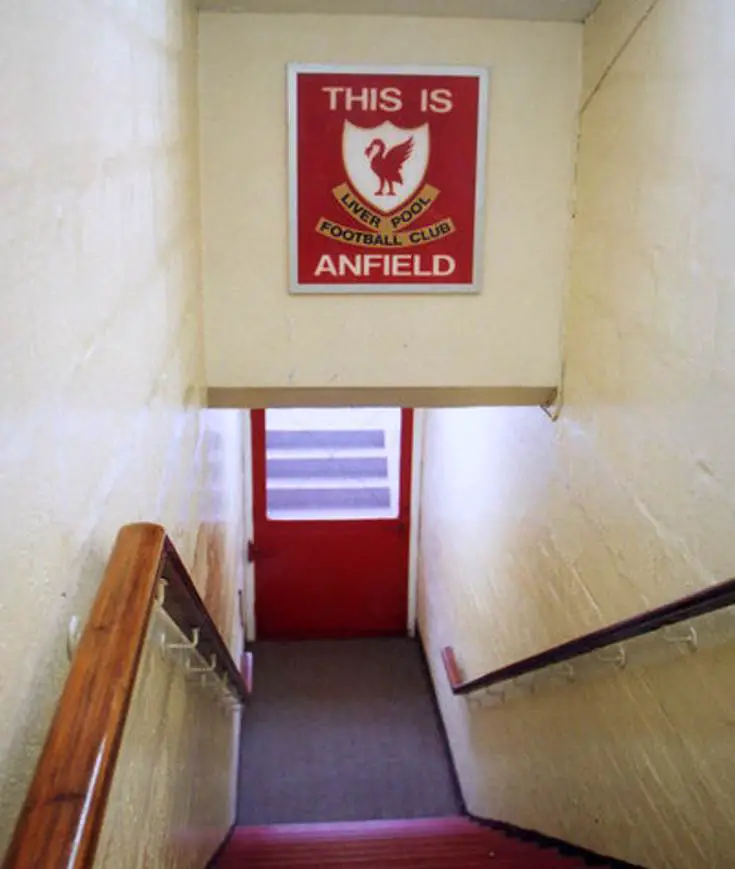
15. The Paisley Gateway was installed in the year 1999 in honor of former Liverpool manager Bob Paisley who won 6 league championships.
This gateway emphasizes the success of Liverpool F.C. because it features the 3 European cups that the club won during Paisley’s tenure in the 1970s and 1980s.
